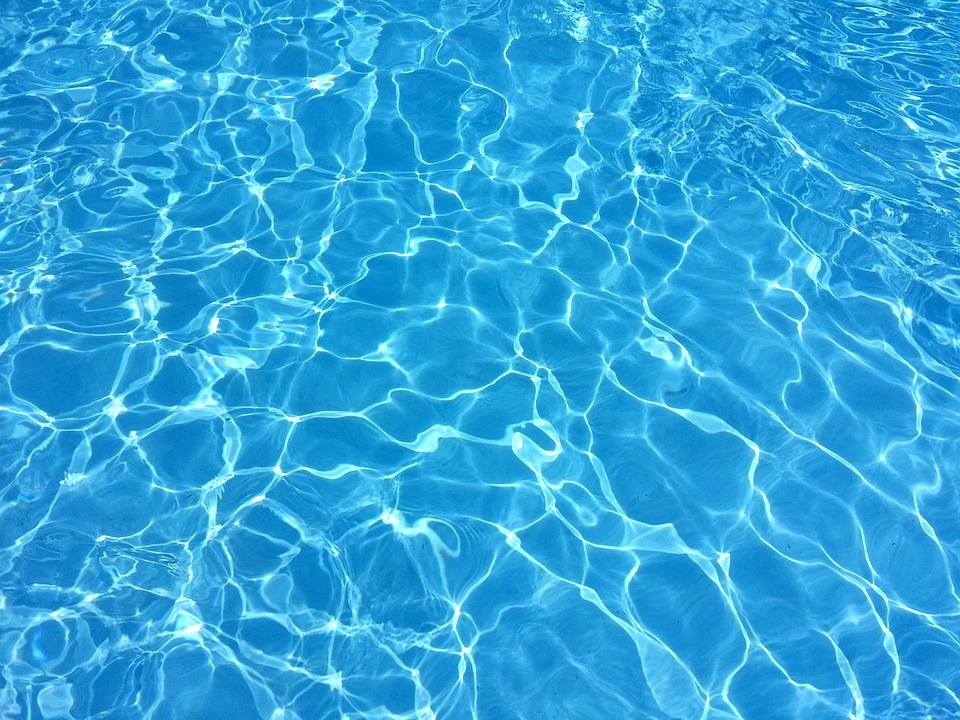Maintaining a saltwater swimming pool involves several key steps that are necessary to ensure water clarity, balance, and cleanliness. While a saltwater pool may seem easier to maintain compared to a traditional chlorine pool, it still requires regular attention to keep it in optimal condition. In this article, we will discuss the essential steps involved in maintaining a saltwater swimming pool.
Regular Testing
The first step in maintaining a saltwater pool is to regularly test the water. This includes measuring the salt level, pH level, and sanitizer (chlorine) level. Regular testing ensures that these levels are within the recommended range. A saltwater pool typically requires a salt level of around 2,500 to 3,500 parts per million (ppm), a pH level between 7.2 and 7.6, and a sanitizer level between 1 and 3 ppm.
Salt Levels
Maintaining the correct salt level in the pool is crucial for the effectiveness of the saltwater system. If the salt level is too low, the system may not generate enough chlorine, leading to poor water quality. On the other hand, if the salt level is too high, it can damage the salt cell and other equipment. Regularly check the salt levels and add salt as needed to maintain the recommended range.
pH Balance
The pH balance in a saltwater pool is vital for bather comfort and effective chlorine generation. A high pH level can cause scale buildup and cloudy water, while a low pH level can lead to corrosion and skin and eye irritation. Regularly test the pH level and adjust it using appropriate chemicals if necessary.
Chlorine Generation
Unlike traditional chlorine pools that require the manual addition of chlorine, saltwater pools use a salt cell to generate chlorine. The electrolysis process that occurs within the salt cell converts salt into chlorine, which then sanitizes the pool water. It is essential to regularly inspect the salt cell for any build-up or scaling and clean it as recommended by the manufacturer. Additionally, ensuring proper water flow and water chemistry are essential for effective chlorine generation.
Filtration System
A well-functioning filtration system is crucial for maintaining a clean and clear saltwater pool. The filter removes debris, dirt, and other contaminants from the water, keeping it fresh and inviting. Regularly clean or backwash the filter as recommended by the manufacturer to ensure optimal performance.
Algae Prevention
Algae growth can occur in any swimming pool, including saltwater pools. In order to prevent algae growth, it is important to regularly brush the pool walls, steps, and other surfaces to remove any potential algae spores. Additionally, the use of algaecides or other preventative treatments can help keep algae at bay.
Regular Cleaning
Along with maintaining the pool chemistry and filtration system, regular cleaning is essential for a saltwater pool. Skim the surface of the water to remove leaves, insects, and other debris. Clean the pool walls and floor using a pool brush or vacuum to keep them free from algae and dirt. Cleaning the pool regularly not only enhances its appearance but also reduces the load on the filtration system.
Water Circulation
Proper water circulation is vital for maintaining a healthy saltwater pool. It helps distribute chemicals evenly, prevent stagnation, and minimize the risk of bacteria and algae growth. Run the pool pump for the recommended amount of time each day to ensure sufficient water circulation.
In conclusion
Maintaining a saltwater swimming pool involves several key steps, including regular testing of water chemistry, ensuring proper salt and pH levels, cleaning the salt cell, maintaining a functioning filtration system, preventing algae growth, regular cleaning, and proper water circulation. By following these steps diligently, you can enjoy a clean, clear, and refreshing saltwater swimming pool throughout the swimming season.
Maintaining a saltwater swimming pool requires regular testing of water chemistry, including salt, pH, and sanitizer levels. It is important to maintain the correct salt level to ensure chlorine generation. Proper pH balance is necessary for bather comfort and effective chlorine production. The salt cell, responsible for chlorine generation, needs to be inspected and cleaned regularly. The filtration system should be cleaned or backwashed as recommended. Algae prevention measures, regular cleaning, and proper water circulation are also essential. By following these steps, a saltwater pool can be kept clean and inviting throughout the swimming season.
